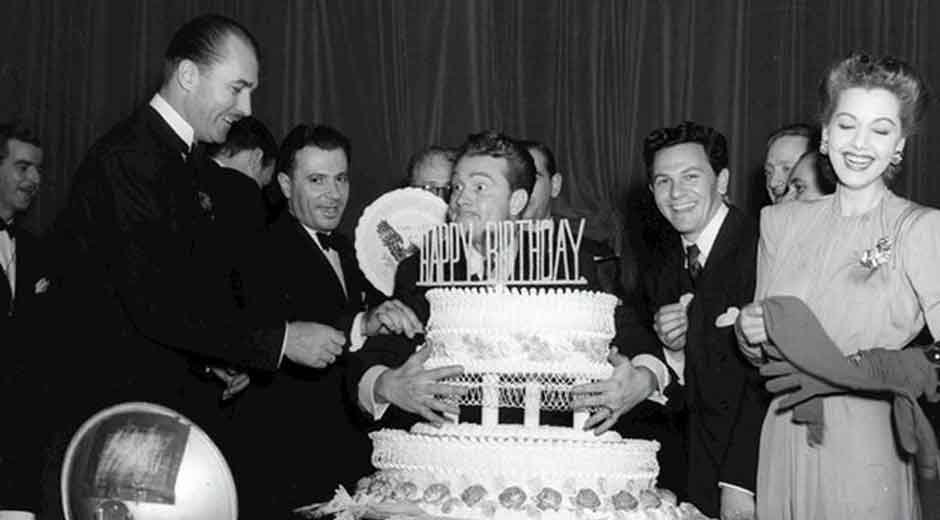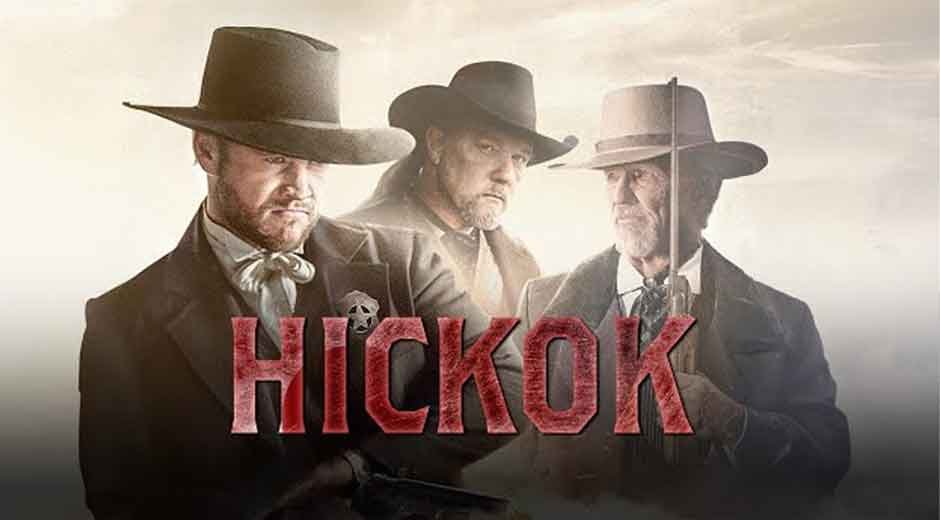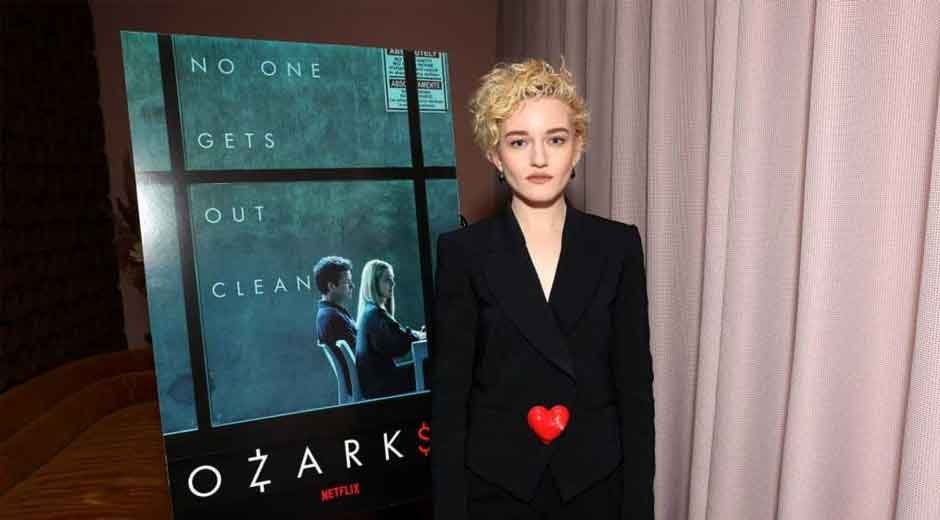The remarkable story of a performer who turned childhood talent into a lifelong career
A Lifelong Performer
Most child stars burn out before they hit twenty. Ryan Bollman? He’s been going strong for over four decades. This Missouri kid who started as “The Disco Kid” has built something rare in Hollywood—a career that’s lasted from the 1980s straight through to today.
You might know him as the creepy leader from “Children of the Corn II,” or maybe you’ve spotted him in one of those Super Bowl commercials. Either way, Ryan Bollman represents something special: a performer who figured out how to stay relevant without selling his soul to the industry.
His story isn’t about overnight success or lucky breaks. It’s about showing up, adapting, and never losing that spark that made a five-year-old kid want to entertain grown-ups at a nightclub in the first place.
“The Disco Kid” Days
Picture this: St. Louis, 1977. A five-year-old Ryan Bollman is performing weekend shows at The Tower Club, an upscale nightclub where most kids wouldn’t even be allowed through the door. But there he was, earning the nickname “The Disco Kid” and proving he had something special.
The Tower Club wasn’t some kiddie venue—this was serious entertainment for sophisticated audiences. The fact that young Ryan could hold their attention says everything about his natural stage presence. While other kids were playing with toys, he was learning how to work a room.
Those early years weren’t just about the nightclub gig, though. Ryan was also performing at The Muny Opera, one of St. Louis’s premier theater venues. Five different productions gave him a crash course in live theater, teaching him timing and discipline that would serve him well later.
He even had his own local TV appearances on “DB’s Delight,” a game show that helped him get comfortable with cameras. By the time he was ready to leave St. Louis, Ryan had already built a solid foundation in every major form of entertainment.
The California Dream
Everything changed in 1985 when twelve-year-old Ryan made it to the finals of “Jr. Star Search.” Suddenly, this local St. Louis talent was competing on a national stage, and he held his own against kids from across the country.
That experience opened his eyes to what was possible beyond Missouri. Most kids would have been content with their fifteen minutes of fame, but Ryan saw it as a starting point. He convinced his mother to do something that must have seemed crazy at the time—pack up their entire life and move to California.
Think about that decision for a moment. A thirteen-year-old kid talking his mother into leaving her job and moving across the country based on a dream. It takes serious conviction to make that kind of leap, and it says everything about the determination that would define Ryan’s entire career.
The move from “The Disco Kid” to Hollywood hopeful wasn’t easy, but Ryan’s years of performing had prepared him for the challenge. He wasn’t just another stage parent’s dream—he was a kid with real experience who understood what it meant to entertain an audience.
Making It on Television
California paid off quickly. Ryan started landing guest spots on shows that defined family television in the late ’80s and early ’90s. “Highway to Heaven,” “Punky Brewster,” “Webster”—these weren’t just random gigs, they were stepping stones that proved he could fit into established TV families.
His appearance on “Mama’s Family” as Eugene showed he could handle comedy just as well as drama. The show was a hit, and Ryan’s comedic timing impressed both the cast and viewers. It was becoming clear that this wasn’t just another child actor—this was someone with real range.
But the role that really mattered was Lester Fitchman on “Life Goes On.” Four episodes between 1989 and 1991 might not sound like much, but this show was different. It was groundbreaking television that dealt with real issues, featuring Chris Burke as one of the first main characters with Down syndrome on network TV.
Working on “Life Goes On” taught Ryan that television could be more than just entertainment—it could actually matter. The show’s critical acclaim and social impact gave him experience with quality production and meaningful storytelling that would influence his career choices going forward.
Horror Movie Breakthrough
At eighteen, Ryan landed the role that would change everything: Micah in “Children of the Corn II: The Final Sacrifice.” This wasn’t just any horror movie—it was a Stephen King sequel with serious expectations from both critics and fans.
Playing the evil leader of murderous children required Ryan to tap into something completely different from his family-friendly TV work. Micah needed to be charismatic enough to lead other kids but terrifying enough to scare adult audiences. It’s a tricky balance that many actors twice his age would struggle with.
The role was a risk. Horror movies can typecast actors, especially young ones. But Ryan’s performance was so compelling that it opened doors rather than closing them. He proved he could handle dark, complex material without losing the likability that made him perfect for television.
“Children of the Corn II” became a cult classic, and Ryan’s Micah became the kind of character that horror fans still talk about decades later. More importantly, it established him as an actor willing to take creative risks—something that would define his entire career.
Diversifying in the ’90s
After proving himself in horror, Ryan could have easily gotten stuck in that genre. Instead, he made a smart choice: diversification. “Only the Strong” in 1993 put him in an action movie with martial arts sequences, showing he could handle physical roles alongside dramatic ones.
“The NeverEnding Story III” the following year was almost the complete opposite—a family fantasy that required a totally different energy. Playing Dog in this sequel proved that the same actor who could terrify audiences as Micah could also entertain kids and their parents.
Movies like “The Granny” and “True Blue” might not have been blockbusters, but they were building blocks. Each role taught Ryan something new about working with different directors, different crews, different approaches to filmmaking. He was becoming a professional in the truest sense.
By the time “No Vacancy” came around in 1999, Ryan had built a solid reputation as a character actor who could bring something special to supporting roles. He wasn’t chasing leading man status—he was building a sustainable career based on reliability and talent.
Beyond Acting
Smart performers diversify, and Ryan was definitely smart. His move into voice acting opened up whole new worlds of opportunity. Working on “Captain Planet” introduced him to animation, where his voice could bring environmental superheroes to life for a new generation of kids.
The “Red Dead Redemption” video game work was even more impressive. Video game voice acting is its own specialized skill—you’re often recording dialogue that players might hear in dozens of different contexts. It requires a different kind of performance than traditional acting.
But maybe the most impressive part of Ryan’s diversification was his commercial work. Over fifty national commercials, including four Super Bowl spots. Super Bowl commercials are the Olympics of advertising—massive budgets, huge audiences, and only the most reliable performers get called back.
This commercial success did more than pay the bills. It gave Ryan the financial freedom to be choosy about his dramatic roles, taking projects he believed in rather than just taking whatever was available.
Still Going Strong
These days, Ryan Bollman is still doing what he’s always done—evolving. His recent work in “Quality Problems” and the upcoming “Pilgrim” shows he’s still committed to meaningful storytelling, even as Hollywood has changed dramatically around him.
His TV guest spots on shows like “The Closer,” “iCarly,” and “Bones” prove he can still adapt to new formats and work with new generations of performers. From police procedurals to kids’ comedy, he brings the same professionalism that’s defined his entire career.
What’s really remarkable is his attitude. After 45 years in the business, Ryan still describes himself as passionate about acting. He’s currently looking for new representation, still actively pursuing opportunities, still believing in the craft that captured his imagination as a five-year-old.
His LinkedIn profile lists him as “Actor/Dancer/Singer/Host/DJ/Choreographer”—a reminder that he’s never been just one thing. That versatility has kept him working through multiple decades of industry changes, economic ups and downs, and shifting audience tastes.
Ryan Bollman’s career is a masterclass in longevity. From “The Disco Kid” to horror icon to working character actor, he’s shown that success in entertainment isn’t about one big break—it’s about persistence, adaptability, and never losing sight of why you started performing in the first place.










